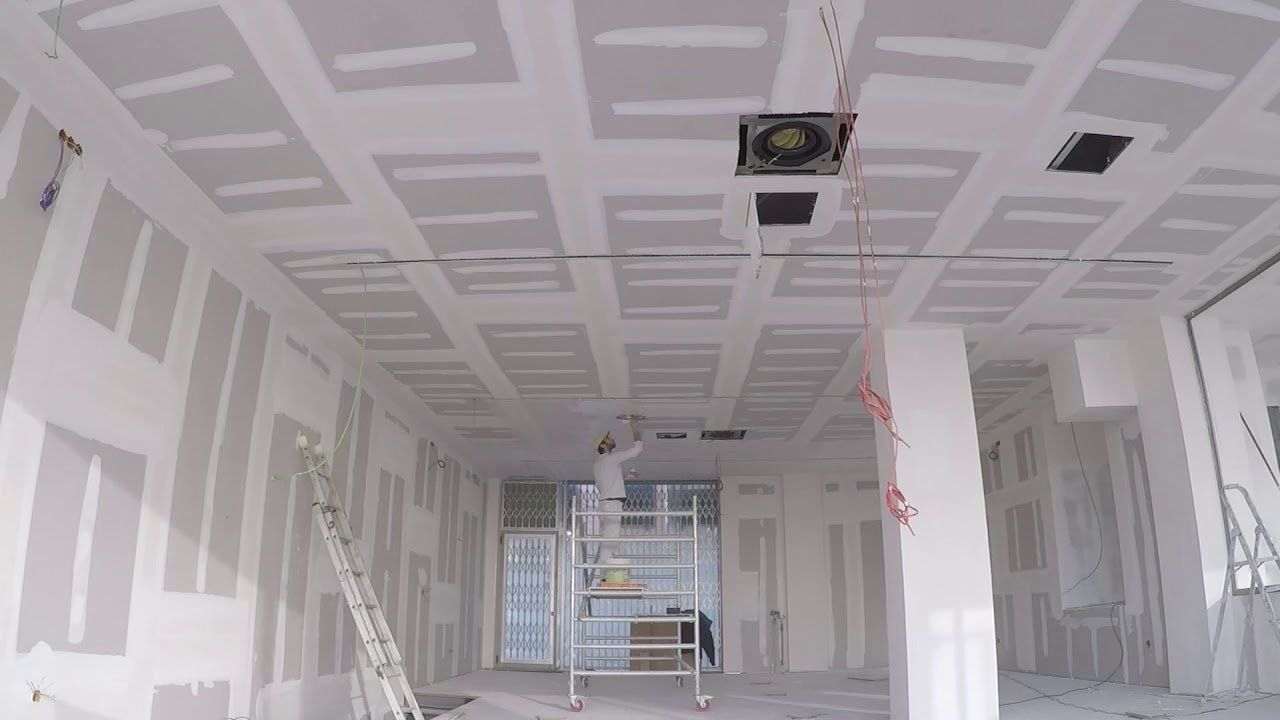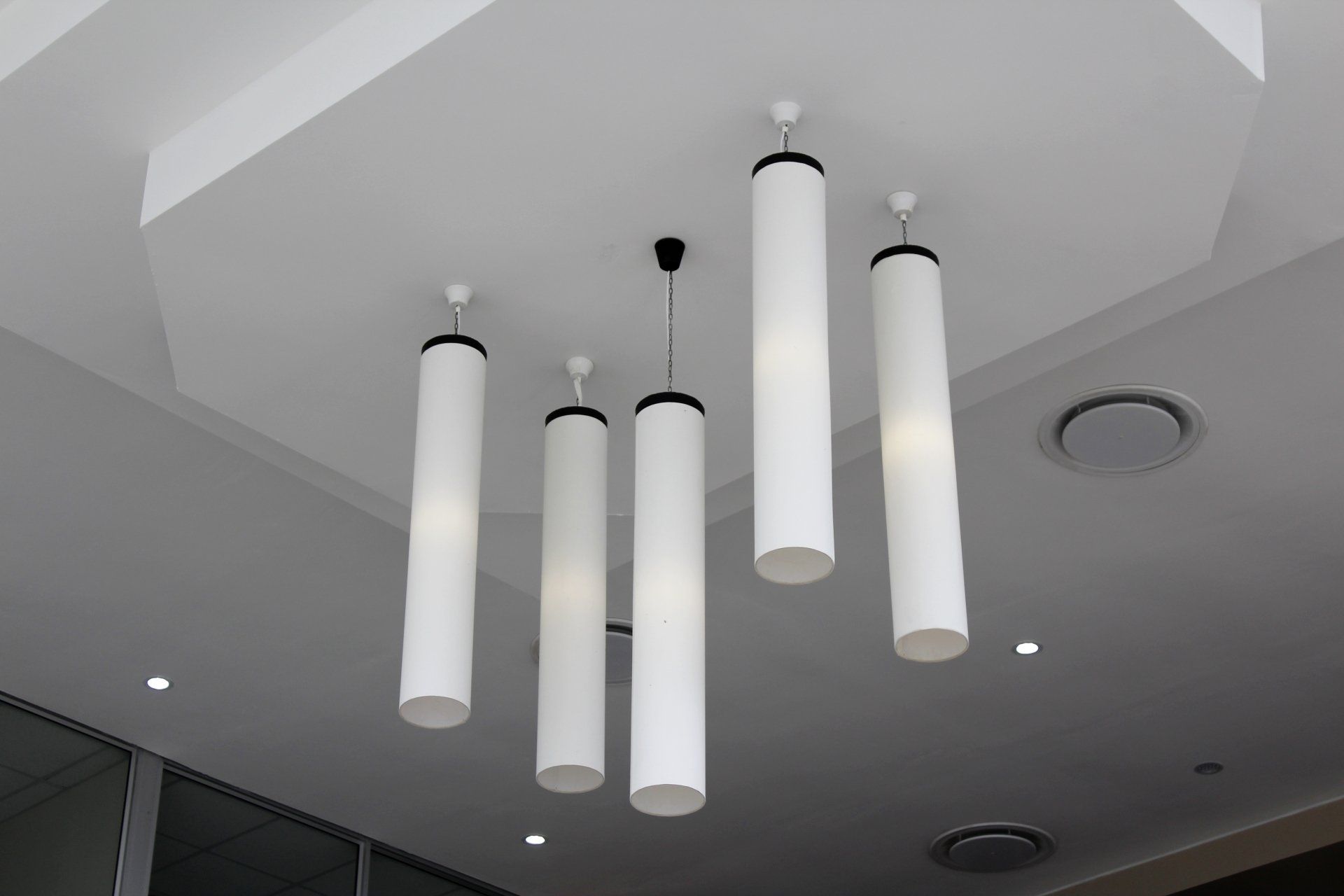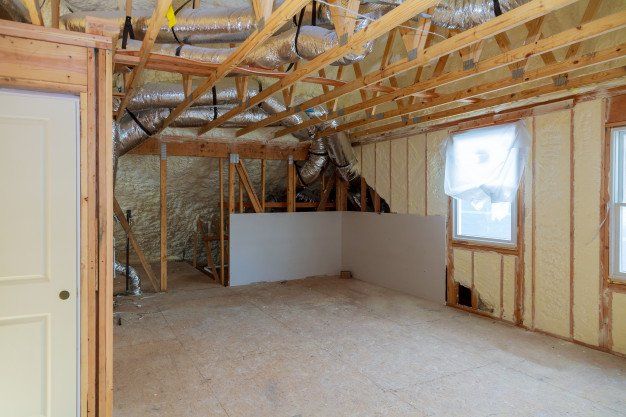Skip the Line: Why Walk-In Clinics Are the Future of Urgent Care
Revolutionizing Healthcare Accessibility: The Rise of Walk-In Clinics

Introduction to Walk-In Clinics
A walk-in clinic, as the name suggests, allows patients to seek medical attention without prior appointments. Whether it’s for sudden minor injuries, infections, or routine check-ups, these clinics provide a broad spectrum of services, catering to urgent but non-life-threatening conditions. Facilities like the community health walk-in clinic and the university health walk-in clinic have become integral to communities, providing accessible healthcare to individuals regardless of their insurance status.
Benefits of Walk-In Clinics
1. Accessibility
Walk-in clinics, such as the CHC walk-in clinic and the walk-in clinic central city, are typically located in community-centric locations, making them easily accessible to a large demographic. Their extended hours, including weekends and evenings, cater to all schedules.
2. Efficiency
The primary advantage of a walk-in clinic is its efficiency. The absence of required appointments means that patients can receive care as soon as they need it, skipping the long waiting periods often associated with other medical facilities.
3. Cost-Effectiveness
Compared to emergency rooms, walk-in clinics are a more affordable option for non-emergency care. This makes them an essential health resource for individuals without insurance or those with high deductible plans.
4. Comprehensive Care
Services at a walk-in clinic extend beyond immediate care. Many, such as the community care walk in clinic, offer vaccinations, routine physical exams, and health screenings, promoting preventative care in the community.
How Walk-In Clinics Enhance Community Healthcare
Community-based facilities like the community health center walk in clinic play a pivotal role in public health. They relieve the pressure on hospitals by handling non-emergency cases, which helps improve the overall efficiency of healthcare systems. Additionally, clinics like the CHC walk in clinic near me focus on serving underprivileged areas, thereby improving health equity.
The Role of Technology in Walk-In Clinics
Modern walk-in clinics are integrating advanced technology to enhance patient care. Electronic health records (EHR) ensure that a patient’s medical history is accessible to providers, facilitating better treatment decisions. Furthermore, some clinics now offer virtual consultations, extending their reach beyond physical locations.
Challenges Facing Walk-In Clinics
While walk-in clinics are advantageous, they face certain challenges such as managing high patient volumes and ensuring consistent quality of care. There is also the task of maintaining a broad scope of services to meet diverse health needs without compromising care quality.
The Future of Walk-In Clinics
The future of walk-in clinics looks promising as they continue to adapt to the evolving healthcare landscape. With a focus on patient-centered services and integrating innovative healthcare technologies, these clinics are set to play an even more critical role in community health.
Expanding the Scope of Walk-In Clinics
Walk-in clinics are continually evolving to cater to an even broader array of health needs. Innovations in diagnostic tools and partnerships with specialists are enabling these clinics to offer services that were traditionally only available in larger medical facilities. This expansion is particularly significant in rural or underserved urban areas, where such clinics often serve as the primary healthcare providers.
1. Specialized Services
Some walk-in clinics are extending their capabilities to include more specialized medical treatments, such as minor surgical procedures, dermatological services, and chronic disease management. This shift not only enhances the level of care available but also reduces the need for referrals to other medical facilities.
2. Integrated Care Systems
By integrating with local hospitals and other healthcare providers, walk-in clinics like the walk-in clinic central city can ensure continuity of care for their patients. This integration helps in managing ongoing health issues more effectively, providing a seamless patient experience from acute care to long-term management.
3. Educational Outreach
Increasingly, walk-in clinics are also focusing on educational programs to promote health awareness in their communities. Programs cover topics such as nutrition, exercise, mental health, and disease prevention, empowering individuals to take proactive steps towards maintaining their health.
Impact on Healthcare Costs
The proliferation of walk-in clinics can significantly impact overall healthcare costs. By providing a more affordable option for urgent care than emergency rooms and by managing acute health issues before they require more intensive treatment, these clinics help to reduce healthcare expenditures for both individuals and insurers.
1. Reducing Emergency Room Congestion
With walk-in clinics handling a large volume of non-emergency cases, emergency rooms can focus resources on critical cases. This not only improves outcomes for those with severe conditions but also reduces the operational costs associated with over-utilized emergency services.
2. Insurance and Billing Innovations
Walk-in clinics are at the forefront of billing and insurance innovations. Many are now offering transparent pricing models and packages for common treatments, which helps patients manage healthcare costs without the unpredictability often associated with traditional billing methods.
Strengthening Community Trust
The role of walk-in clinics in building and maintaining trust within communities cannot be overstated. They not only provide essential healthcare services but also act as centers for community engagement and support. Clinics like the community health walk in clinic and the CHC walk in clinic near me are often involved in local health fairs, school programs, and other community outreach initiatives, which strengthens their bond with the community and enhances their effectiveness as healthcare providers.
Looking Ahead: Innovations and Opportunities
As healthcare continues to evolve, walk-in clinics are poised to adopt more innovative approaches to care. The potential integration of AI diagnostics, telemedicine, and mobile health applications could further revolutionize the accessibility and efficiency of healthcare services offered at these clinics. Furthermore, the ongoing shift towards preventive care and wellness programs in walk-in settings underscores a significant transformation in how healthcare is delivered and perceived.
Conclusion: A Vital Component of Future Healthcare
The growth and evolution of walk-in clinics signify a transformative shift in healthcare delivery. By providing immediate access, cost-effective solutions, and community-focused services, these clinics are not just an alternative to traditional healthcare but a vital component of the future healthcare landscape. As they continue to adapt and expand their services, walk-in clinics stand ready to meet the diverse and changing needs of the populations they serve, cementing their role as foundational elements in the pursuit of holistic, accessible, and affordable healthcare.












